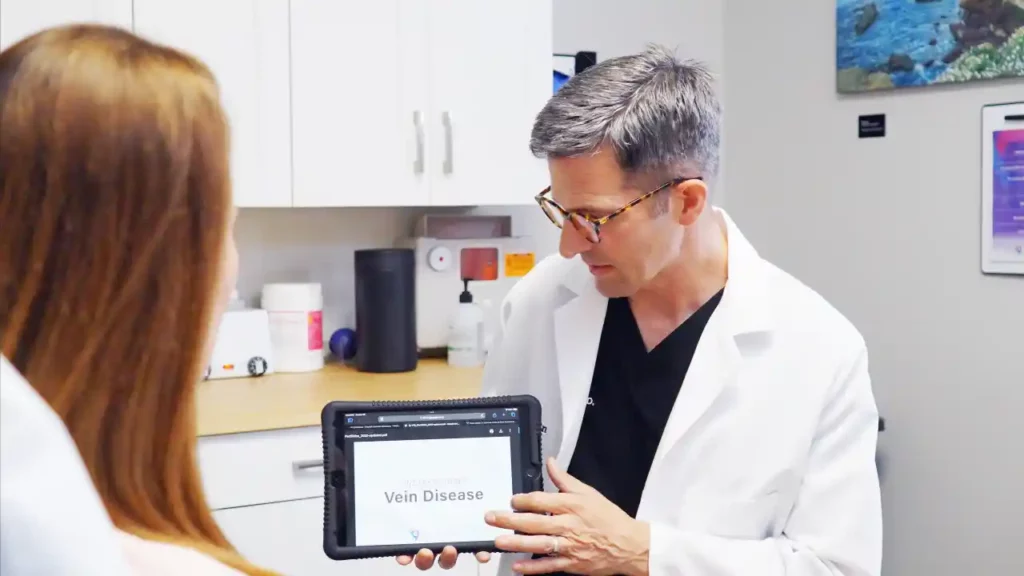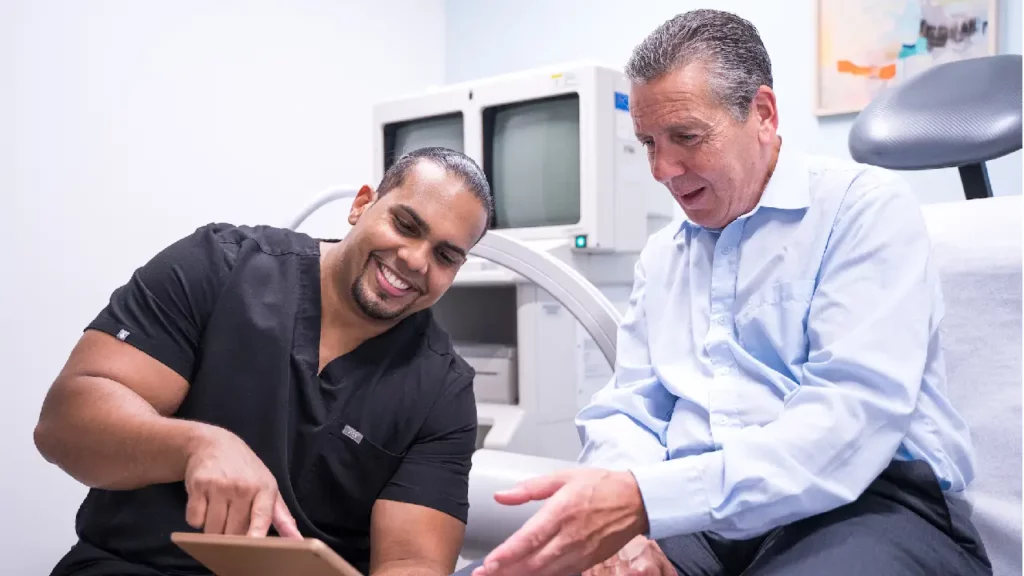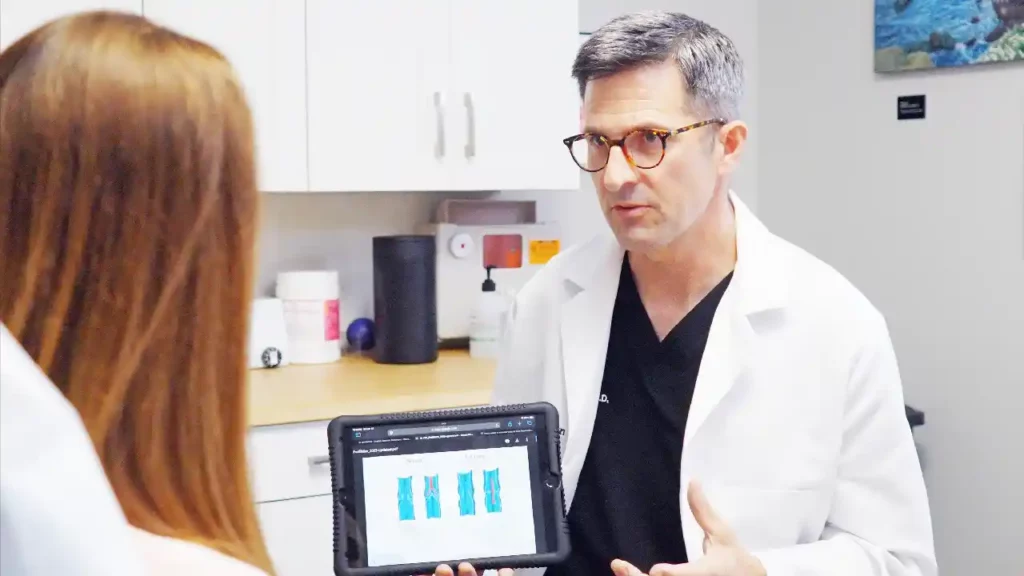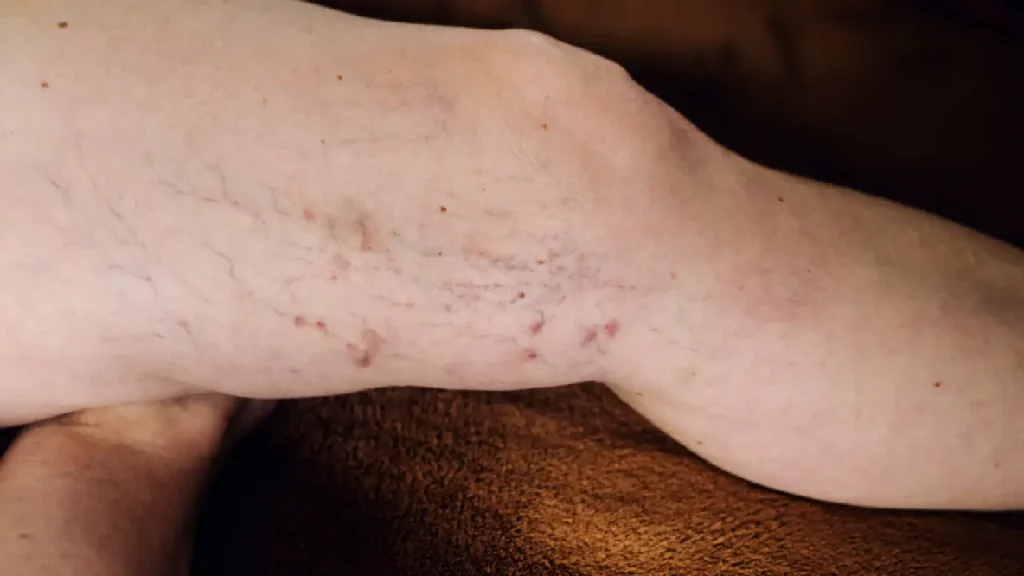Are you waging a war against the twisted and bulging veins that have taken residence in your legs? Discover the role of radiofrequency ablation in claiming victory over varicose veins!
Understanding Varicose Veins and Radiofrequency Ablation
Varicose veins, those unsightly bluish cords running just beneath the surface of your skin, aren’t just a cosmetic annoyance; they’re a sign of compromised venous health. Radiofrequency ablation (RFA) emerges as a beacon of hope, employing thermal energy to close off these problematic veins, rerouting blood flow through healthier veins. Let’s dive into how this cutting-edge technology promises a solution.
The principle behind RFA is quite fascinating. By using radiofrequency energy, it targets the vein walls, causing them to collapse and seal shut. This process ablates, or destroys, the dysfunctional vein, allowing the body to naturally redirect blood flow. The beauty of this technique lies in its precision and the minimal downtime it requires.
How Radiofrequency Ablation Works
Imagine a simple, minimally invasive treatment where a thin catheter is inserted into the varicose vein under ultrasound guidance. Once positioned, the catheter, emitting radiofrequency energy, heats the vein from within, causing it to collapse. The treatmentis remarkably swift, often taking less than an hour, and is typically performed in an outpatient setting.
Patients are often curious about the sensations during the treatment. Most report feeling minimal discomfort, thanks to local anesthesia and the gentle technique involved. Post-treatment, a compression stocking is usually worn to facilitate healing and enhance circulation.

The Effectiveness of Radiofrequency Ablation
The success rate of radiofrequency ablation in treating varicose veins is impressive, with studies showcasing over a 90% effectiveness in closing the treated veins. This high success rate underlines RFA’s position as a leading treatment option. Patients typically notice a significant reduction in symptoms and vein appearance within weeks, although full results may take up to a few months as the body absorbs the treated vein.
Benefits of Radiofrequency Ablation for Varicose Veins
Radiofrequency ablation stands out for its plethora of benefits, including minimal downtime and a quick return to daily activities. Unlike more invasive surgical options, RFA results in less pain and bruising post-treatment. The precision of this technique also minimizes risks associated with traditional surgery, making it a preferred choice for many.
Another compelling benefit is RFA’s effectiveness in improving leg appearance and relieving symptoms such as pain, swelling, and fatigue. This improvement in quality of life is perhaps the most appreciated aspect among patients.
Comparing Radiofrequency Ablation to Other Varicose Vein Treatments
When stacked against other treatments such as sclerotherapy or laser ablation, radiofrequency ablation often emerges as the more comfortable and effective option for larger varicose veins. Each treatment, however, has its place depending on the vein’s size and location, and a specialized vein doctor can help determine the best course of action.
Unlike laser ablation, which uses light energy to seal veins, RFA uses thermal energy. This difference may contribute to RFA’s higher success rates and lower recurrence rates over time.
Who Should Consider Radiofrequency Ablation?
Radiofrequency ablation is an excellent option for those suffering from symptomatic varicose veins who wish for a minimally invasive solution. Ideal candidates are those in generally good health, are bothered by the cosmetic or physical symptoms of varicose veins, and have no history of blood clotting disorders.
Preparing for Radiofrequency Ablation Treatment
Preparation for RFA is relatively simple. Avoid shaving or applying lotion to the legs before the treatment. Your vein specialist may advise you to halt certain medications. Arriving in comfortable clothing and with a set of compression stockings is also recommended.
What to Expect During and After the treatment?
During the treatment, you’ll lie on a treatment table while the area is numbed. The sensation is often described as light pressure with minimal discomfort. Post-treatment care involves wearing compression stockings and avoiding strenuous activity for a short period to maximize healing and effectiveness.
Long-Term Care and Follow-Up After Radiofrequency Ablation
Long-term success involves regular follow-up appointments to monitor healing and ensure the treated veins remain closed. Adopting healthy lifestyle habits, such as maintaining a healthy weight, regularly exercising, and avoiding prolonged standing or sitting, can prevent new varicose veins from forming.
A Step Forward in Varicose Vein Treatment
Navigating the journey to smoother, healthier legs free from the grasp of varicose veins doesn’t have to be a challenge. With radiofrequency ablation, you’re not just treating the symptoms, you’re addressing the root of the issue in a safe, effective, and minimally invasive way. This treatment lights the path to not only aesthetic improvement but also to enhanced leg health and well-being.
